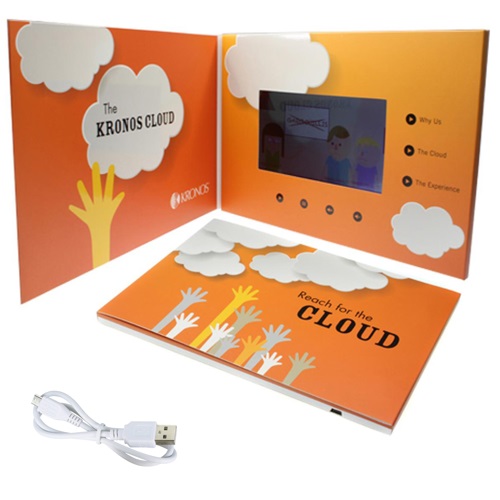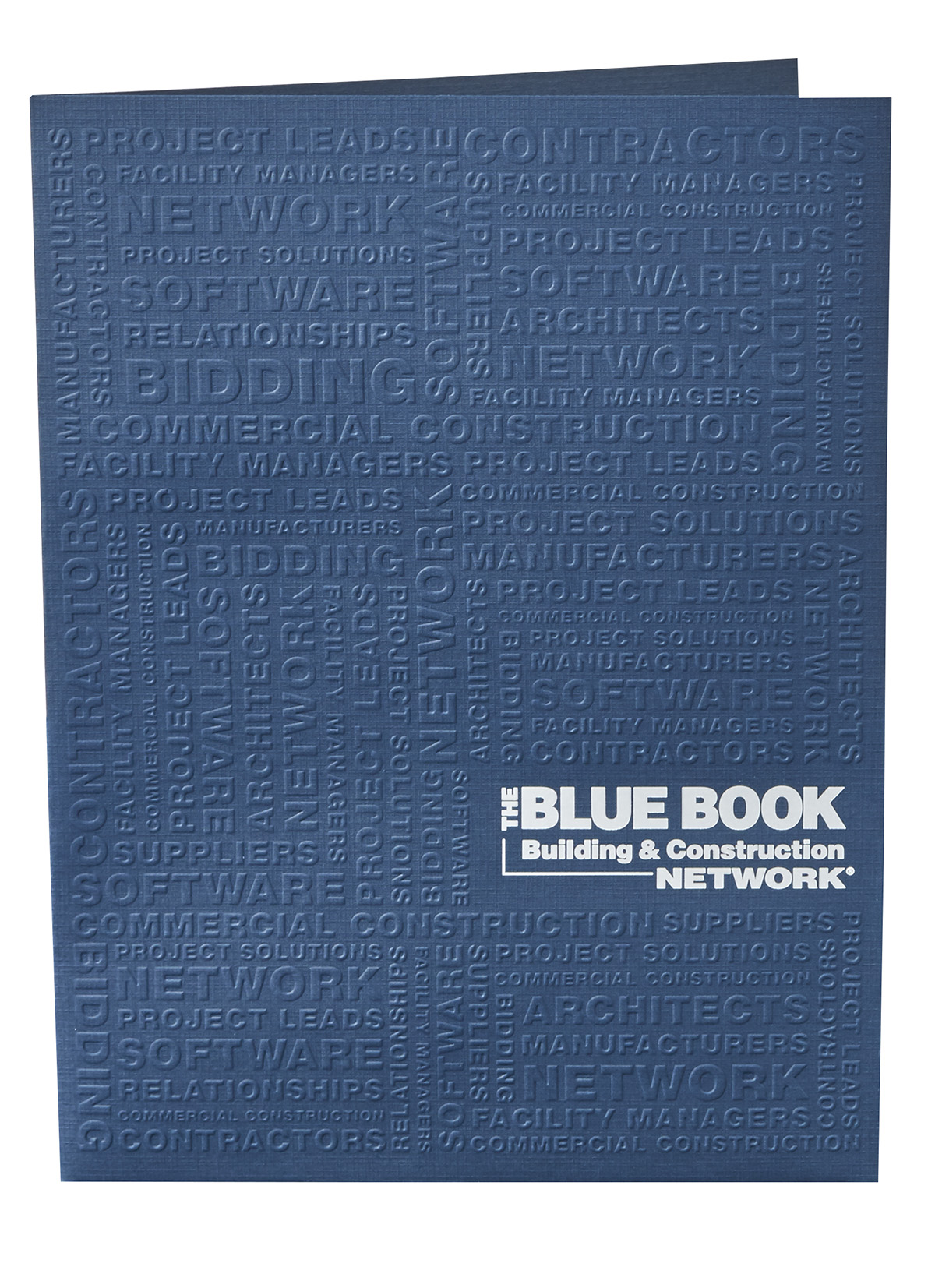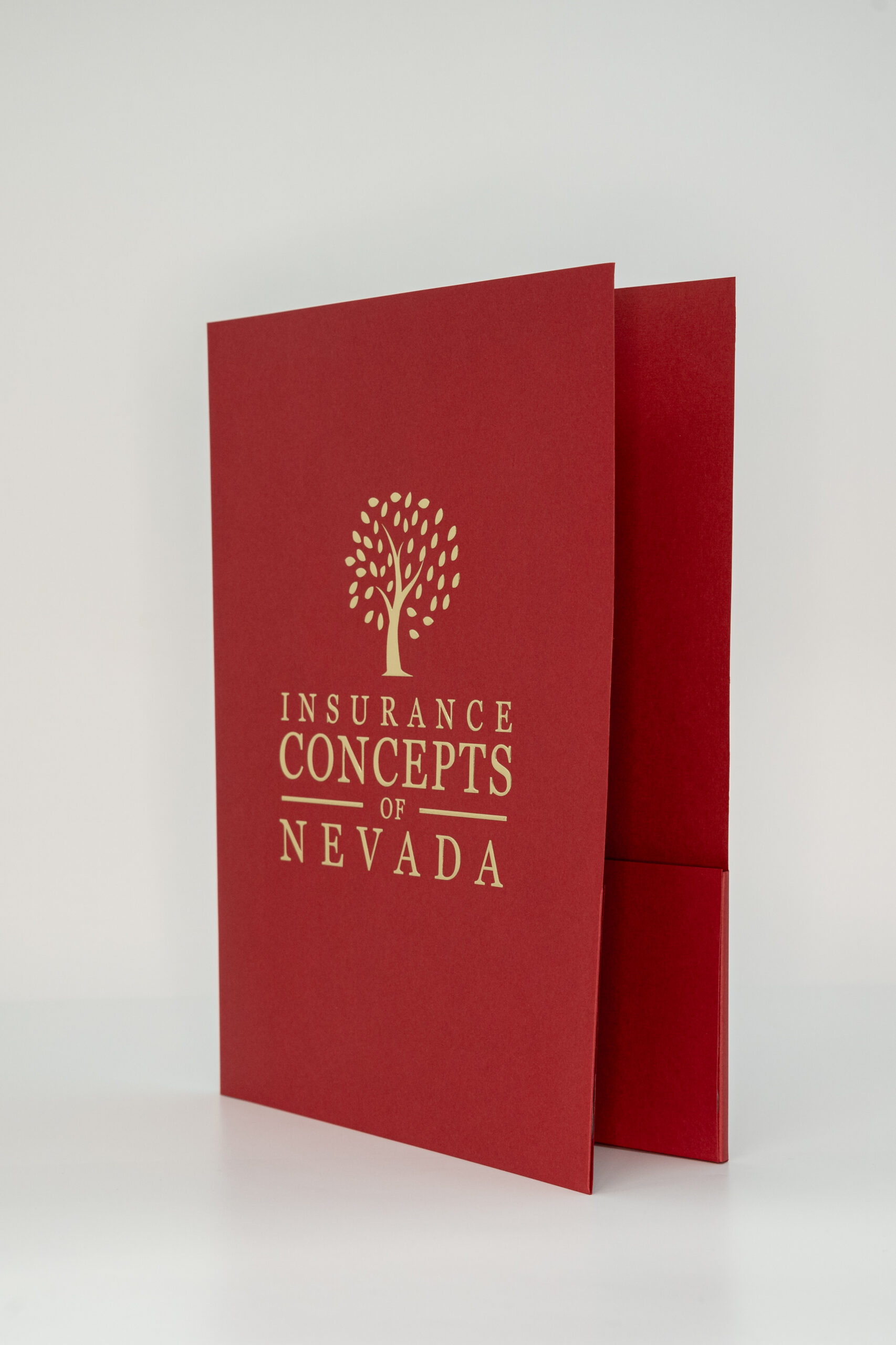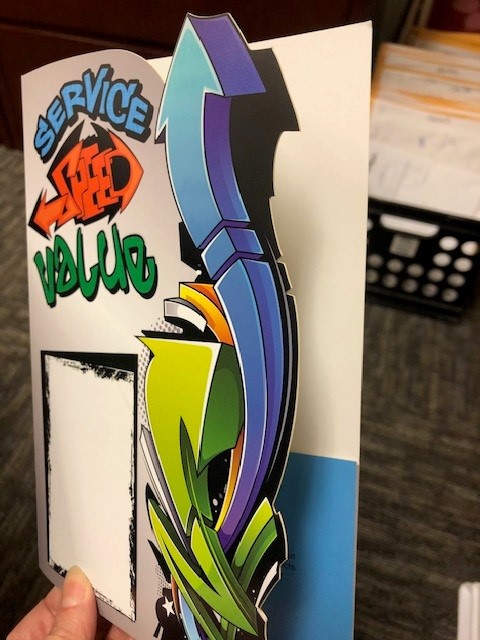As far as promotional marketing tools go, folders and brochures are classics.
According to Mardra Sikora, CEO of Pocket Folders Fast, Omaha, Nebraska, “Everybody needs a folder, but the reasons they use those folders are different.”
“It’s interesting to me that the biggest moments in your life all involve a folder,” she says. “The first day you start school, when you buy a house, when you buy your first car, when you graduate, any time you go in or out of the hospital, there’s a folder. … It’s any time important documents have to move from one person to another.”
Sikora explains that folders are ideal for bringing someone into the fold — no pun intended — and making them more familiar with the end-user’s brand. Brochures do the same, though in more detail.
“There will be people that will opt for both [folders and brochures] specifically because it needs to be a folder just for the utility of it, but then also want some marketing materials already in it,” says Corey Lark, marketing manager at Independent Printing & Packaging, De Pere, Wisconsin.
Trends in Ordering
While folders and brochures are well-established promotional tools, distributors have decided in recent years to order fewer of them, but more frequently.
“In the old days — which I like to joke was three years ago — people would order longer runs and not order folders again for a year, two years, even more,” says Sikora. “But now, they realize time is money, space is money. They just print when they need it, how much they need, and then just do it several times throughout the year instead.”

Sikora says this may be a holdover from COVID-era supply chain issues, but it’s mostly because of price awareness.
“You used to have to order large quantities of folders because that’s the way you get the price point down,” she says. “But now, it’s more cost-effective to order in shorter runs and not have the inventory.”
Additionally, folders are particularly popular when certain events that necessitate them are coming up.
“Believe it or not, tax prep is actually starting to ramp up over the summer,” Lark says. “We’re selling to distributors that are preparing, so we’re the next step in preparation. They want to be able to sell to tax preparers — tax companies – ahead of tax season.”
Nur Alam, sales manager at imprintID, adds that a good portion of the company’s folder orders come as the new school year approaches.
“Most of the time, folders and brochures are either [ordered in] the school season or the end of the year [when there’s] a new budget for the office,” he says. “Around November and December they start placing orders for those.”
A Prime Experience
In terms of the physical folders and brochures, customers are demanding better quality on multiple fronts.
“Within folders specifically, doing high-end embellishments are one thing that people are really tuning into, just to get that more high-end look or more custom feel for a product,” says Lark. “Couple things to mention there, like foil stamping, embossing, debossing. Then, as far as the look and feel goes texture-wise, spot UV coating and soft touch coating are pretty popular right now.”

Sikora also feels that soft touch is a huge trend. However, she says its application has expanded and is now a more universal choice.
“As an example, you don’t generally think of hospitals as high-end because they order large quantities; it’s more a commodity to them,” she says. “But soft touch has become really popular because it portrays all the right emotions — it just says security and comfort when you get it — and also it’s writable.
So whether it’s an admission or a discharge packet, they’ll often write important information or important names on the pocket of the folder, and soft touch is writable that way, whereas a regular aqueous coating tends to smudge.”
Substrates are not immune to the demand for quality, either. According to Sikora, customers are looking for sturdier, heavier stocks more and more. Lark has also seen more interest in higher quality stocks, namely those that “have a soft touch coating on it, or a linen texture or a felt texture instead of just a basic paper stock.”
Another substrate trend — although “trend” might not be the most accurate word, given how broadly significant it’s become — is the growing movement toward eco-friendly materials.
“More and more, we’ve seen people trying to get away from synthetic materials and getting more into paper — and more specifically, sustainable materials,” Lark says. “So that’s why we’ve put a lot of effort into sourcing recycled paper and responsibly sourced materials.”
Jazzing Things Up
With folders and brochures having such a strong hold in the promo industry, there are some things that likely won’t change about these offerings. Sikora notes that the 9×12″ two-pocket folder is the most popular – “always has been, probably always will be.”
However, that doesn’t mean some customers don’t stick to the status quo. In fact, Lark says many are looking to stand out.

“We recently did a brochure that was a little bit bigger than the typical brochure, just because they had a whole lot of information that they needed to include on it,” he says. “So, we ended up making it fold over from the top, and then their logo was cut out with a custom die so that their logo came over the front of the trifold brochure.”
Custom diecutting can also elevate a folder, says Sikora. For instance, she says that for one project developed with end-user Hard Rock Cafe in mind, they created a folder with a guitar-shaped pocket.
Another way to make folders and brochures stand out is to offer something truly unique. For instance, imprintID offers a video bi-fold brochure, which features a rechargeable LCD screen that allows the end-user to share more information in a more engaging way.
“It’s a little more expensive, but it gives you your full-color logo, your own design, and a video about your company,” Alam says. “A lot of people don’t want to read [a brochure], so this is a good option for them to have.”
On the horizon, Sikora sees variable data printing (VDP) — a technology typically associated with postcards and direct mail — as a great opportunity for folders.
“I had a client not that long ago. While she was talking to me about the quote, she mentioned it was for a summer camp,” Sikora says. “And I’m like, ‘New plan! There’s no reason every student shouldn’t have a folder with their name on it. You know who’s going to be there.’”
I tell people: It’s not often that you know exactly who’s going to get every single folder, but if you do, it should have their name on it.”
At the end of the day, a lot can be done to create a promotional folder or brochure that stands out from the crowd.

“You can get creative in lots of ways,” Sikora says. “It’s really a matter of what’s the end use that we try to look for, and if this is going to be something that’s repeated, because that’s what will help drive the cost and make it worthwhile for the client.”
Bonus Tips: Less, More Often
In June, printers told Printing Impressions about challenges they’ve been facing in the commercial printing sector, and strategies they’ve used. Natalie Neyenesch, vice president of operations for Neyenesch Printers in San Diego, California, said that the order sizes have been different.
“Companies are doing more renditions,” she said. “Maybe in the past they would have printed 1,000 copies of a booklet or brochure. Now, they’re ordering a couple hundred and then they revise it and do another run in a couple of months instead of one big one.”



